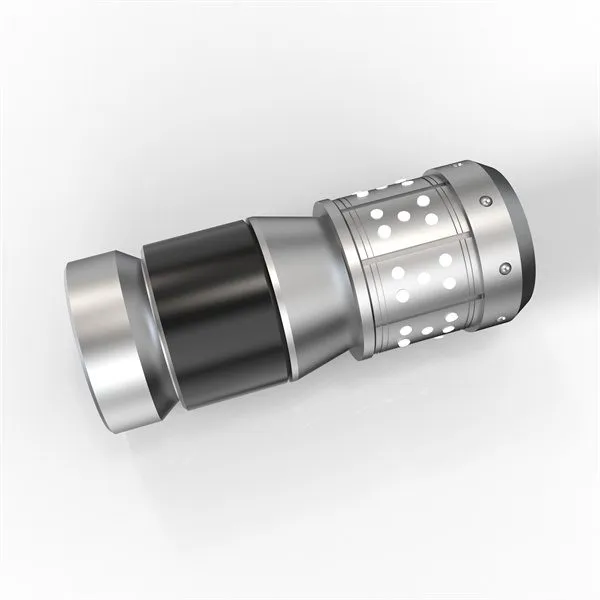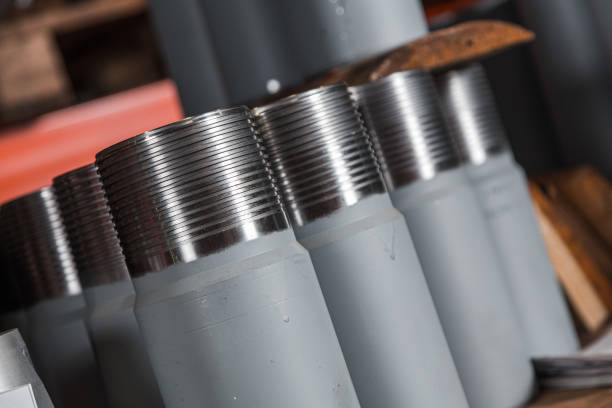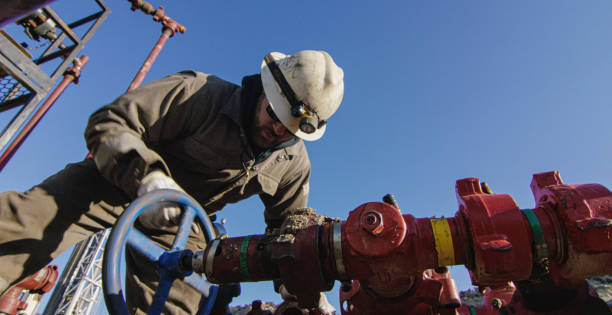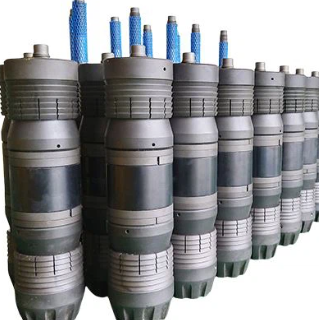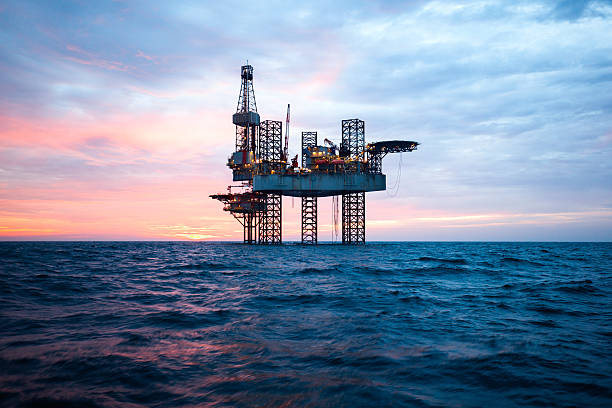
Plug & Cage Control Choke Valve
Equipamentos de petróleo e gás
Engineering philosophy and technical pinnacle of high pressure differential control

In extreme working conditions such as oil and gas field wellhead control and supercritical fluid transportation, traditional throttle valves often cause system collapse due to cavitation damage and flow loss control. The Plug & Cage Control Choke Valve has become the ultimate solution in the field of high pressure differentials by virtue of its collaborative design of multi-stage pressure reduction and precise regulation. This article combines API 6A, ISA 75.01 standards and cutting-edge engineering cases to analyze its technical core and selection logic.
Peças para campos petrolíferos
- Structural philosophy: When violent fluid meets precision cage
The revolutionary nature of cage throttle valve lies in converting “destructive pressure difference” into “controllable energy dissipation”:
| Components | Functional innovation | Technological breakthrough |
||||
| Porous cage | Decomposition of single-stage high pressure difference into multiple stages of low pressure drop | Cavitation index (σ) > 2.5 (far exceeding the critical value of 0.5) |
| Conical valve core | Linear displacement → equal percentage flow characteristics | Adjustment ratio (Rangeability) up to 200:1 |
| Diffusion chamber | Fluid kinetic energy → static pressure recovery | Noise reduced to 85dB (A) (in compliance with OSHA standards) |
| Self-cleaning flow channel | Vortex design to remove particles | Tolerant to media with sand content ≤ 5% (such as shale gas fracturing fluid) |
Core formula: Energy step dissipation through Bernoulli equation
ΔP_total = Σ(ΔP_stage) = ρ/2 × Σ(K_i × v_i²)K_i: pressure reduction coefficient per stage, v_i: layer flow rate
- Technological evolution: from rough interception to artistic regulation
Equipamento de cabeça de poço
1940s
Fisher Company of the United States invented the first generation of cage valves (patent US2392767) to solve the cavitation and detonation problems of catalytic cracking units in refineries.
1983
Norvalve of Norway launched a dynamic balancing valve core, and hydraulic feedback automatically compensates for pressure fluctuations (response time <50ms).
2021
Schlumberger integrated an AI prediction module to predict scaling risks through differential pressure flow curves.
- Extreme Condition Application Matrix
| Scenario | Parameter Limit | Material Solution | Life Assurance Technology |
|||||
| Deepwater Well Control | 15000psi, 4℃ | Duplex Steel S31803 + Hastelloy C276 Cage | Cathodic Protection + Nano-Coating |
| Geothermal Power Generation | 300℃, pH=2 Acidic Brine | Inconel 625 Valve Body + Ceramic Lining | Ultrasonic Online Monitoring of Wall Thickness |
| Supercritical CO₂ Oil Flooding | 35MPa, 70℃ | 174PH Valve Stem + Diamond-Like Carbon Coating | Digital Twin Wear Prediction |
| Hydrogen Energy Filling Station | 90MPa Hydrogen Embrittlement Environment | 316L + Surface Nano-Crystallization | Helium Mass Spectrometry Leakage Monitoring |
Performance Benchmark (DN50 Class 2500):
Flow Regulation Accuracy: ±1.5%
Seal life: ≥500,000 actions (ISO 5208 test)
Emergency shut-off time: ≤0.5 seconds
IV. Selection decision tree: Avoid four cognitive traps
Trap 1: Ignore the critical point of cavitation
Error: Select only according to the maximum pressure difference
Correct answer: Calculate the cavitation coefficient σ = (P₂ P_v) / (P₁ P₂) >critical value (check IEC 6053483)
Trap 2: Mismatch of flow characteristics
Linear valve core: suitable for pressure-stable tank discharge
Equal percentage valve core: essential for gas pipelines with pressure fluctuations
Choke Valve / (API 6A Choke Valve)
Trap 3: One-size-fits-all cage structure
| Cage type | Applicable pressure difference | Features |
||||
| Stepped porous type | ΔP<15MPa | Good noise reduction effect |
| Labyrinth stack type | ΔP>30MPa | Optimal anti-cavitation, pressure drop level > 12 |
| Vortex crushing type | Solid medium | Anti-clogging, diameter loss ≤ 10% |
Trap 4: Actuator under-matching
Thrust calculation: F = A_seal × ΔP + F_friction
Case: DN80 Class 4500 valve needs to be equipped with a 40kN hydraulic cylinder (measured margin needs to be > 25%)
VI. Technology Frontier: Smart Materials Reconstruct Fluid Boundaries
- 4D Printing Cage
GE in the United States uses shape memory alloy (SMA) to manufacture deformable cages, which automatically adjust the aperture when the temperature changes (deformation rate 15%). - Super-wetting anti-fouling coating
The Chinese Academy of Sciences has developed a TiO₂ nanotube array coating with a contact angle > 150° and a 90% reduction in scaling rate. - Quantum sensing valve core
Shell and IBM cooperated on quantum differential pressure sensor, with an accuracy of 0.001%FS, which can predict blockage 30 minutes earlier than the DCS system.


